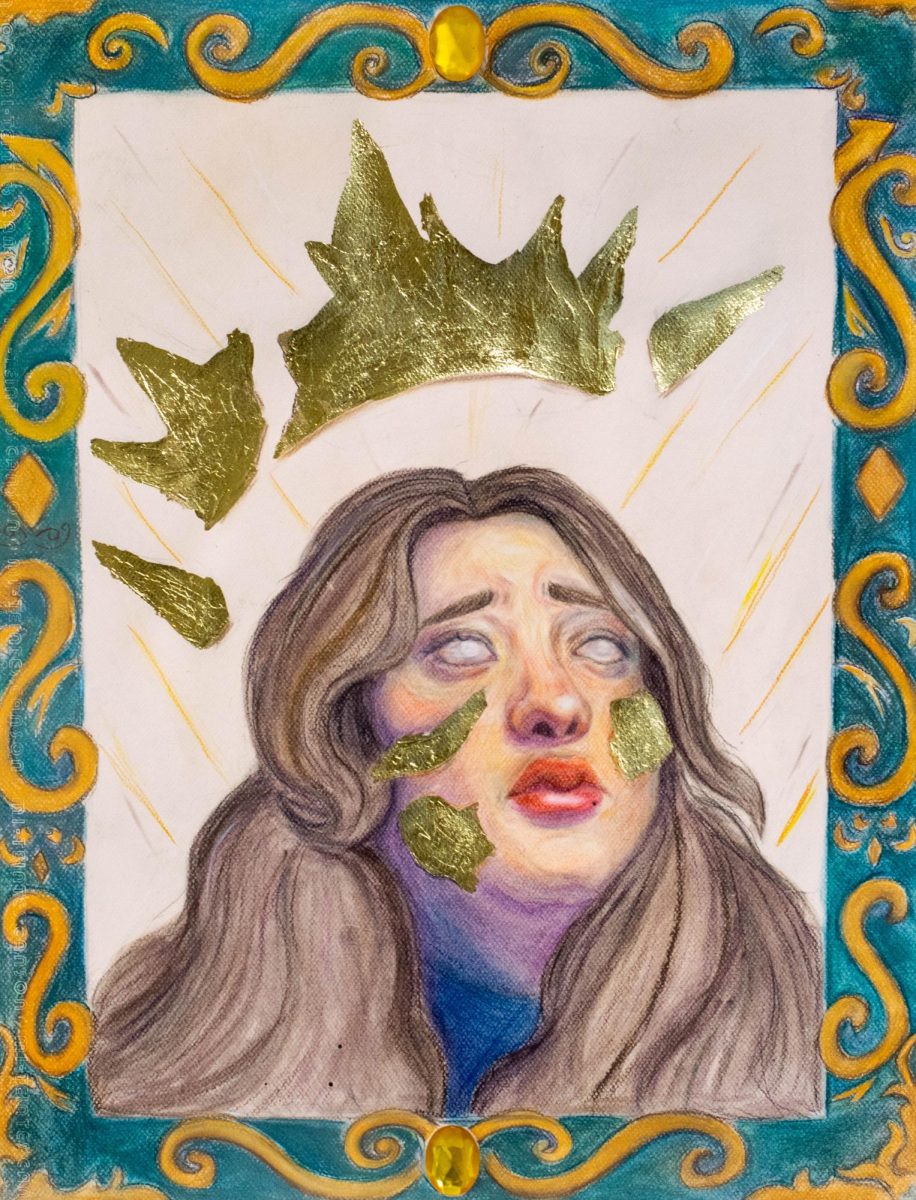They say you can’t make any money-making art anymore. Who exactly “they” are is a little sketchy. The record companies aren’t putting the big bucks in the bands’ pockets, and listeners are less and less likely to shell out the cash with the proliferation of file sharing.
Not everybody is flat broke, though. New artists are moving to the Internet to establish a name for themselves and earn enough cash to at least pay for their recreation. For the most part, it isn’t the musicians who have been making the adaptation; it’s the aspiring artists.
Webcomics is the name of the game, and the amount of content finding its way onto the Internet is a little bit frightening. The bastard child of the blog and the Saturday paper, thanks to new technology and a niche market that nobody anticipated, webcomics are cleaning up.
They’re everywhere. Many have their own domain names, and some domains, like www.keenspot.com, the largest, host more than 50 individual strips by different authors.
Like the blog, a great deal of webcomics beg the question, “Why on earth should I be reading this?” The vast majority are autobiographical. Most webcomics deal in some sort of jargon that only a select few understand. Quite a few are terribly drawn.
The loyal still come.
Let me give you an idea. At “Megatokyo” (www.megatokyo.com), the loyal come between 90,000 and 100,000 times a day when the comic is scheduled to update with a new strip.
The strip is the product of artist Fred Gallagher’s imagination. Strips vary in length, but tend to be several times the length of a newspaper comic. They’re also more detailed. The subject matter: video games and anime.
The story revolves around two video-game nuts who get stranded in Japan and caught in a web of chance events. Piro is a dreamy artist, and Largo is a manic video-game nut who, some would argue, has completely detached from reality. The story line moves slowly, much more like a soap opera in one-page increments than an actual newspaper strip.
“Megatokyo” is one of the most successful webcomics. Few aspire to the popularity it has achieved. Then again, few people draw manga (the school of Japanese comics that spawned anime or “Japanimation”) as well as Gallagher.
It’s debatable what the most interesting aspect of these comics is. As fun as it is to read them, it’s often more interesting to watch the artist develop.
“Goats” (www.goats.com) started April 1, 1997, and, against all odds, continued updating for the next seven years. The first strips were scans of simple line drawings with characters that changed their aspects entirely from frame to frame. Then, the comic started to look different, eventually taking on a completely unique look. Artist Jon Rosenberg added color, sharpened his wit, and created a line of merchandise — not to mention two supplemental “premium” comics.
“Goats” is about Jon and Philip, two disenfranchised computer geeks. It’s also about Toothgnip, rejected goat of the Norse god Thor, and Diablo, a satanic chicken bent on world domination. Regardless of what you would think, the formula works, and “Goats” does brisk business and has achieved a kind of celebrity resulting in syndication and the possibility of a career for Rosenberg.
If pop culture doesn’t float your boat, there’s always “Scary Go Round” (www.scarygoround.com) for a more European flavor. This comic hails from Britain and features the exploits of roughly a dozen extremely attractive, albeit somewhat pixilated, characters as they go through adventures of death-defying proportions armed only with dry wit, and usually some weapons. The comic falls someplace between a mystery novel and a Simpsons episode.
Of course, we haven’t forgotten the kids — not completely, at least. “Wigu” (www.wigu.com) is entirely about a boy of the same name who has a heart made of gold and an imaginary friend made entirely of poison. “Wigu” is hardly a comic for the demographic who are the same age as the comic’s juvenile star. “Wigu” also shares the spotlight with his family: a goth-girl older sister, a porno-music producing father, and a high-power lawyering mom. In the span of two years of updating, the comic has covered four days of the Tinkle family’s life.
Like I said, the number of comics out there is staggering. The weird thing is that it isn’t like the record industry. While the RIAA is screaming bloody murder and artist rights, artists that have voluntarily moved to the Internet are doing great. They control their own distribution, so they get all of the profits from their art and its merchandise. They really couldn’t care less if people are pirating comics because the ones who love the art are the ones paying for T-shirts. Some web artists get cash by just putting a button on their site that asks for a dollar in exchange for a computer wallpaper or other exclusive art — more a convenience charge than anything. People like the comics they do because they’re good, and the people who make them get a following by being good, not by having a major corporate force behind them.
At 100,000 individual visitors a day, it works.







